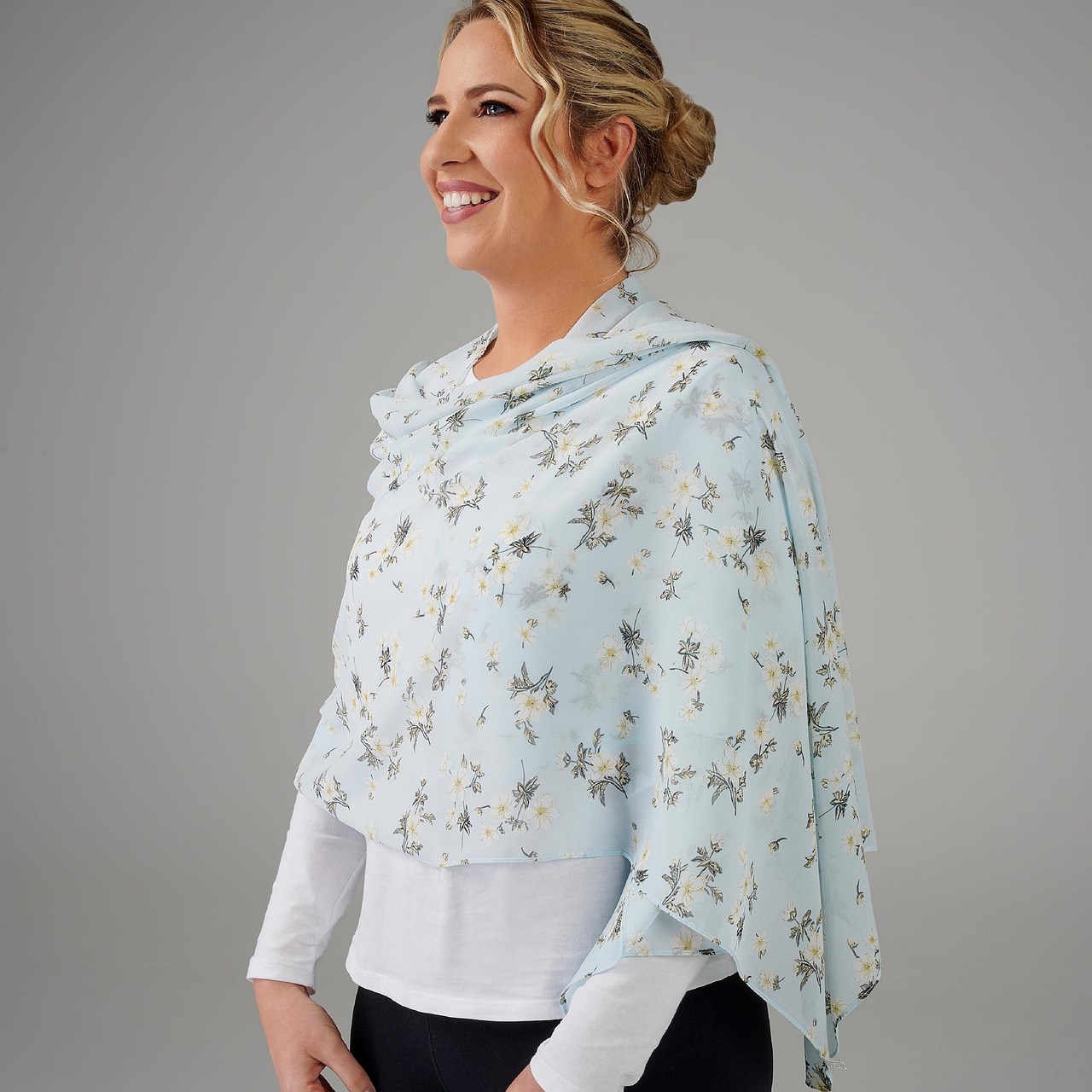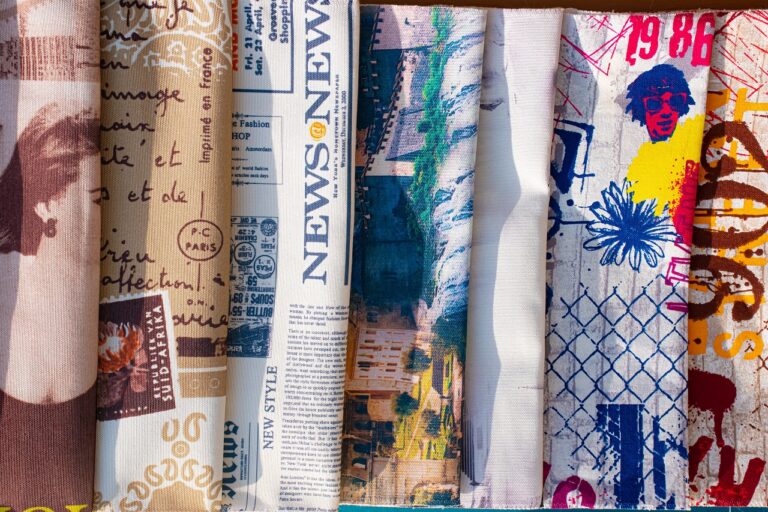Unveiling the Impact of 3D Printing on Fashion Wholesale: 11xplay reddy login id and password, Laser247. Com cricket, Sky live casino
11xplay reddy login id and password, laser247. com cricket, sky live casino: The Impact of 3D Printing on Fashion Wholesale
Ever wondered how technology is revolutionizing the fashion industry? One of the most exciting developments in recent years is the advent of 3D printing technology. This groundbreaking technology is changing the way fashion wholesale operates, from design to production and everything in between. In this article, we’ll delve into the impact of 3D printing on fashion wholesale and explore how this technology is reshaping the industry.
Understanding 3D Printing in Fashion
Before we dive into the impact of 3D printing on fashion wholesale, let’s first understand what 3D printing is. 3D printing, also known as additive manufacturing, is a process of creating three-dimensional physical objects from a digital file. This technology uses a layer-by-layer approach to build objects, allowing for intricate and customizable designs that traditional manufacturing methods cannot achieve.
3D printing has been making waves in various industries, from healthcare to aerospace, and now it’s making its mark in the fashion industry. Fashion designers and brands are increasingly turning to 3D printing technology to create unique pieces, streamline production processes, reduce waste, and cater to consumer demands for personalized and sustainable fashion.
Impact of 3D Printing on Fashion Wholesale
Now, let’s explore how 3D printing is transforming the fashion wholesale industry.
1. Design Innovation
One of the most significant impacts of 3D printing on fashion wholesale is the ability to innovate and push boundaries in design. With 3D printing, designers can create intricate and complex structures that were previously impossible to achieve with traditional manufacturing methods. This level of design freedom allows for unique, avant-garde pieces that set brands apart from the competition.
2. Customization and Personalization
3D printing enables brands to offer customizable and personalized products to consumers. From tailored clothing to bespoke accessories, 3D printing allows for on-demand production of unique pieces tailored to individual preferences and sizes. This customization not only enhances the customer experience but also reduces inventory costs for fashion wholesalers.
3. Faster Production Cycles
Traditional manufacturing processes in the fashion industry often involve long lead times and production cycles. With 3D printing, production times can be significantly reduced, allowing brands to bring new designs to market faster and stay ahead of trends. This agility in production also reduces the risk of overstock and excess inventory, leading to cost savings for fashion wholesalers.
4. Sustainable Practices
Sustainability is becoming a key focus for the fashion industry, and 3D printing offers a more sustainable alternative to traditional manufacturing processes. 3D printing can minimize waste by using only the materials needed to create a product, reducing environmental impact and promoting a circular economy. Fashion wholesalers can align with consumer preferences for eco-friendly products by leveraging 3D printing technology.
5. Cost Efficiency
While the initial investment in 3D printing technology may be high, the long-term cost savings can be significant for fashion wholesalers. By reducing production waste, optimizing inventory management, and streamlining production processes, 3D printing can help brands operate more efficiently and cost-effectively. This cost efficiency ultimately benefits both brands and consumers by offering high-quality products at competitive prices.
6. Collaborations and Partnerships
3D printing opens up new opportunities for collaborations and partnerships within the fashion industry. Brands can work with tech companies, designers, and innovators to leverage 3D printing technology and create unique collections and limited-edition pieces. These collaborations can drive brand awareness, attract new customers, and generate buzz in the fashion wholesale market.
7. Enhanced Customer Engagement
With 3D printing, fashion wholesalers can engage customers in the design process and offer interactive experiences that build brand loyalty. Brands can host 3D printing workshops, customization events, and virtual try-on sessions to connect with consumers and create memorable experiences. This direct engagement with customers can lead to increased sales, brand advocacy, and long-term customer relationships.
8. Competitive Advantage
In a crowded fashion market, brands are constantly looking for ways to differentiate themselves and stand out from the competition. 3D printing offers a unique and innovative approach to design, production, and sustainability that can give fashion wholesalers a competitive edge. By embracing 3D printing technology, brands can position themselves as industry leaders and trendsetters in the fast-paced world of fashion wholesale.
FAQs
Q: How does 3D printing impact traditional manufacturing jobs in the fashion industry?
A: While 3D printing may automate certain aspects of production, it also creates new opportunities for skilled workers in design, engineering, and technology fields. Traditional manufacturing jobs may evolve to include 3D printing technologies, leading to a hybrid workforce that combines traditional craftsmanship with cutting-edge technology.
Q: Are there any limitations to 3D printing in fashion wholesale?
A: While 3D printing offers many benefits, there are still limitations to consider, such as material constraints, production scalability, and upfront costs of equipment and training. Fashion wholesalers should carefully assess the feasibility and ROI of implementing 3D printing technology in their operations.
Q: How can fashion wholesalers integrate 3D printing into their existing business models?
A: Fashion wholesalers can start by exploring partnerships with 3D printing service providers, investing in training for their teams, and experimenting with small-scale pilot projects. By gradually incorporating 3D printing into their workflows and supply chains, fashion wholesalers can leverage the benefits of this technology while minimizing risks and disruptions.
Q: What are the trends shaping the future of 3D printing in fashion wholesale?
A: The future of 3D printing in fashion wholesale is likely to be driven by advancements in materials, technologies, and sustainability practices. Trends such as digital customization, on-demand production, and circular fashion are shaping the next generation of 3D printing applications in the industry.
In conclusion, 3D printing is transforming the fashion wholesale industry by enabling new levels of design innovation, customization, sustainability, and cost efficiency. Fashion wholesalers that embrace 3D printing technology can gain a competitive advantage, enhance customer engagement, and drive growth in an increasingly digitized and fast-paced market. As the fashion industry continues to evolve, 3D printing is poised to revolutionize the way brands create, produce, and distribute fashion in the future.







